Snakes get a pretty bad rap for being sly. Sometimes, you only know one’s there if you’ve been bitten! But scientists have actually uncovered evidence that supports this reputation. These researchers were studying rattlesnakes when they realized something horrible. Yep, turns out that the reptiles have a devious trick to bamboozle humans – and it’s definitely something you should know about.

As American as apple pie
After all, you don’t really want to fall victim to a rattlesnake! They can be quite scary, and they’re full of venom. And don’t think you won’t ever meet one. These snakes live all over the Americas, though they’re most commonly found in the north of Mexico and to the southwest of the United States.

The rattle state
You may think that the rattlesnake’s just one species, but that’s not really the case. There are over 24 different varieties of these noisy reptiles. And around half of these can be found in Arizona.
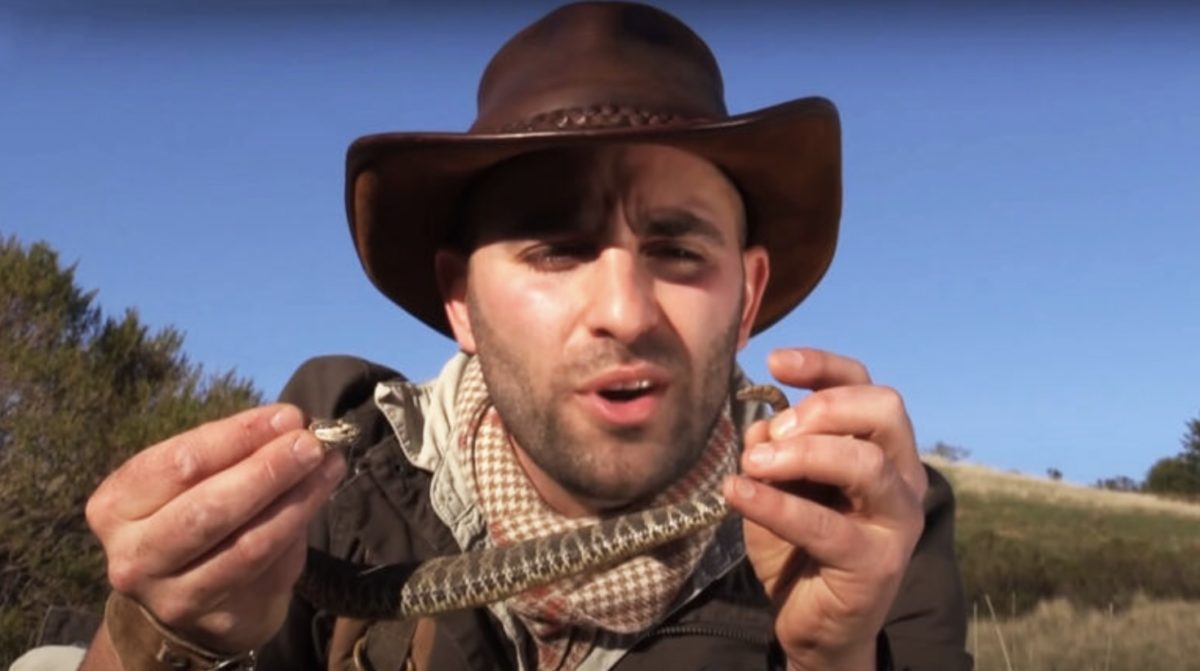
Stay away
Even if you’re not in Arizona, though, you’ll know the sound of an agitated rattlesnake. And if you hear that noise, you can pretty much take it as a warning. There’s a snake somewhere in the vicinity, and it’s telling you in no uncertain terms to keep your distance. Or, at least, that’s what we used to believe…

Bamboozled
It turns out, though, that rattlesnakes are actually living up to their sly reputations when they’re making this noise. Researchers have discovered that this behavior actually serves to dupe humans and other animals into believing they’re upsetting the reptiles. Basically, the snakes are performing an ingenious trick to fox us and keep themselves safe.
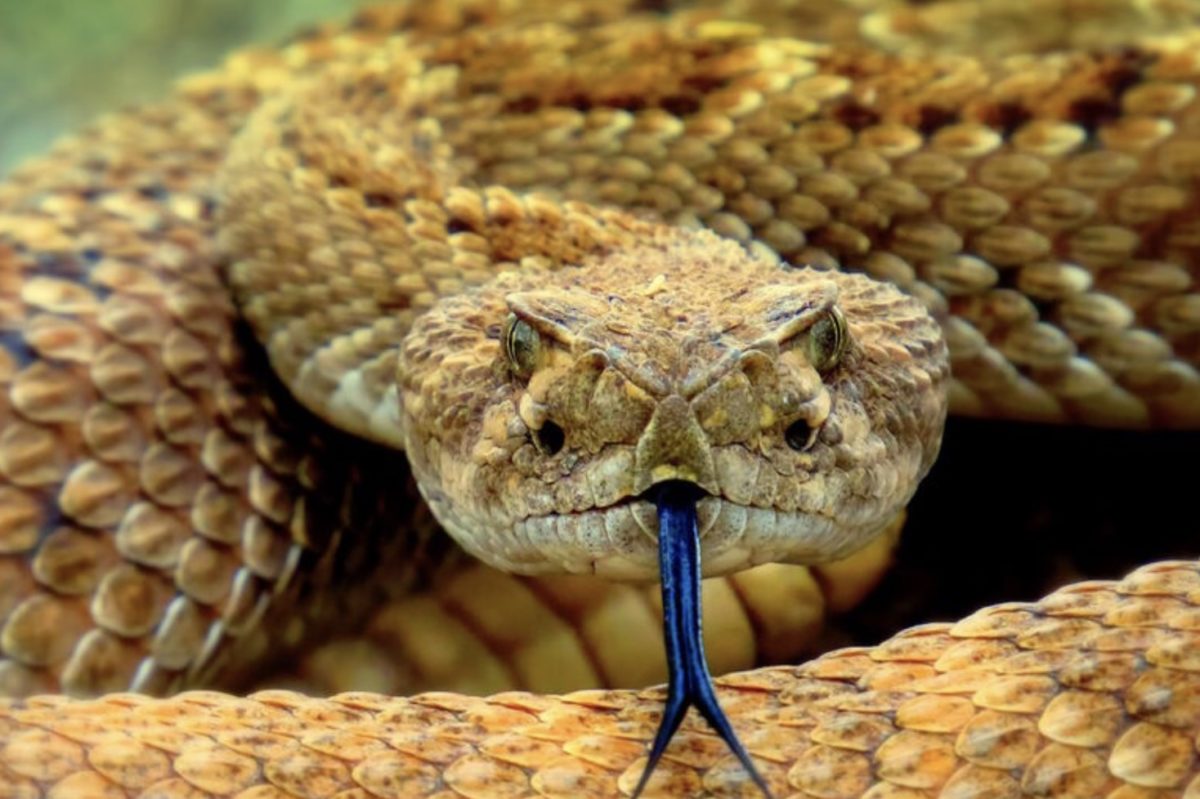
Making a racket
We never thought that rattlesnakes could get even scarier! But, somehow, they’ve found a way to do it. And yes, it all involves the rattle at the end of the snake’s tail, which is actually made up of pieces of bone-like material.
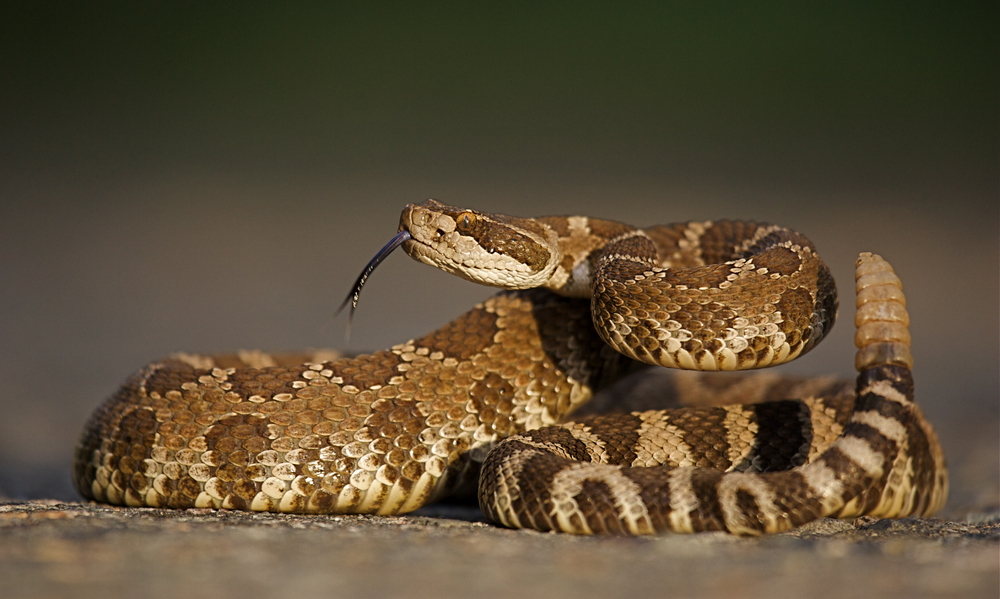
Shedding skin
The rattle isn’t fixed. Bits of it begin to get worn down after a while before they fall away completely. But this isn’t an issue for the snake, as it regenerates when its skin sheds. And reptile expert Sara Viernum has warned what this means, saying, “Each time a rattlesnake sheds its skin, it adds another segment to the rattle.” That’s a pretty nasty trick in itself…

A recent addition
As warning mechanisms go, the rattlesnake’s is up there with the most refined in nature. That isn’t a surprise, as these creatures evolved not so long ago. Of all the different types of serpent in the world, the rattlesnake’s one of the most recent to come into being. But not all of them have those rattles to trick you with.
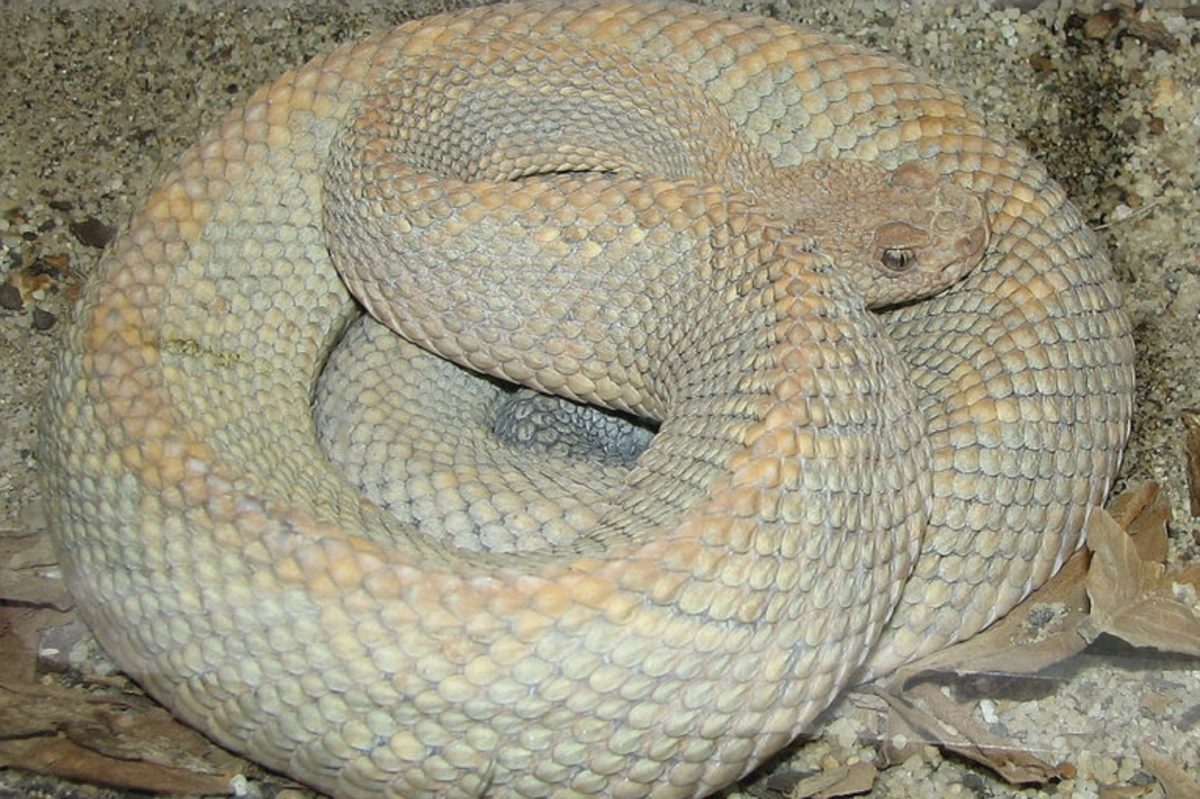
Rattle-less snake
All of the babies, for instance, are born without rattles, and they only develop as they get older. An adult snake may simply lose its rattle, too. But even so, these snakes still have ways of letting other animals know that they need to back off.
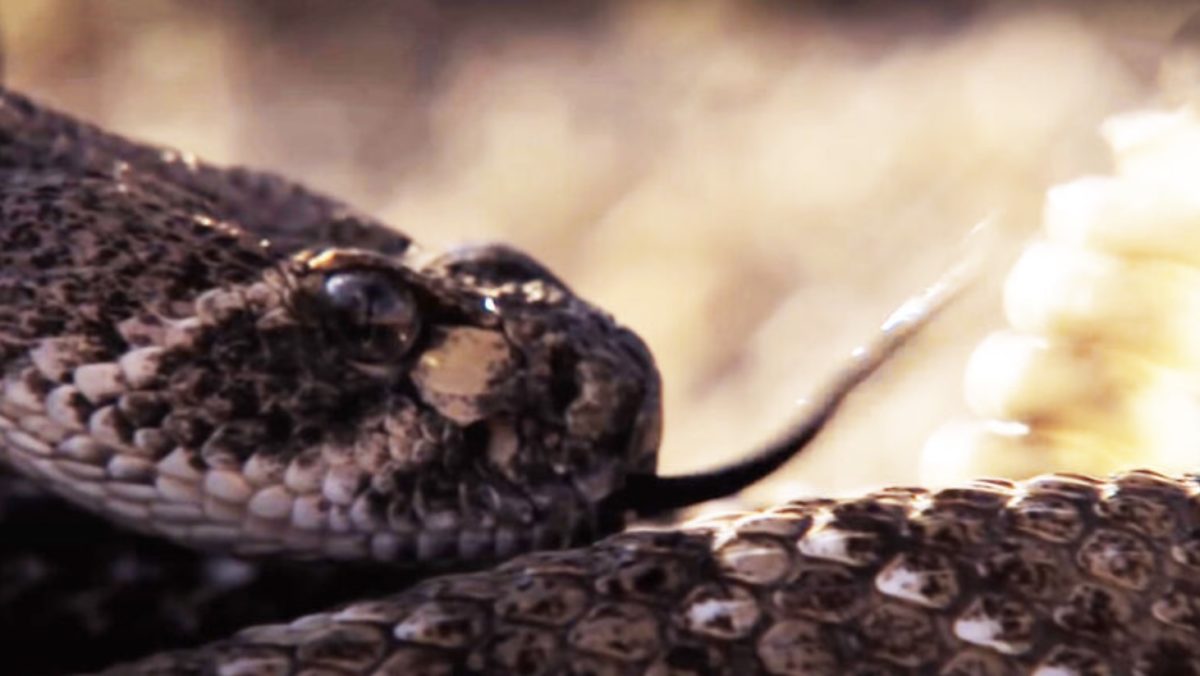
Like a cat
Agitated rattlesnakes are known to hiss, so even one without a rattle can communicate its aggression. An expert named Laurence Monroe Klauber reflected on this behavior in Rattlesnakes: Their Habits, Life Histories, and Influence on Mankind. He wrote that the action “is similar to a cat hissing when threatened by a dog. In rattlesnakes, hissing and rattling their tails both serve as warning signals.” It’s only through the tail that the snakes trick us, however.

Sibilant warnings
And no, that hissing isn’t used as a way of communicating with other members of the species. Snakes aren’t actually able to hear such a noise. The sound is produced purely for other animals to hear and fear.
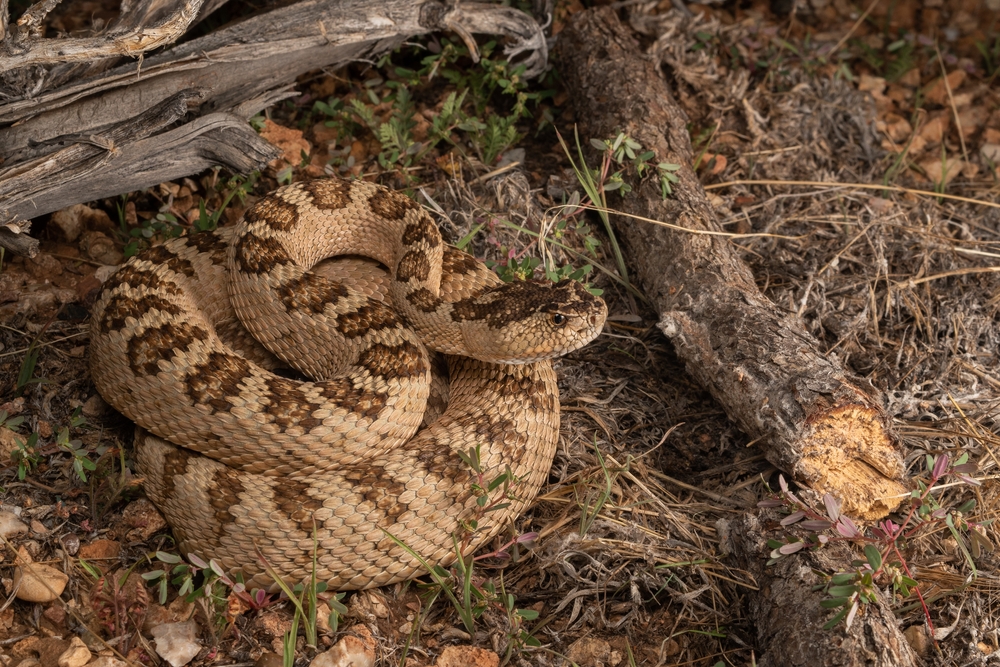
Not listening
The reason that snakes don’t communicate with their hissing is simple: they don’t possess any ears. This means that they’re unable to perceive most noises. What they can do, though, is pick up on vibrations in the terrain around them. So, if an animal moves within the vicinity of the snake, the slithery reptile will feel it. And that includes you. Even if you keep completely schtum around a rattlesnake, it’ll know you’re there.
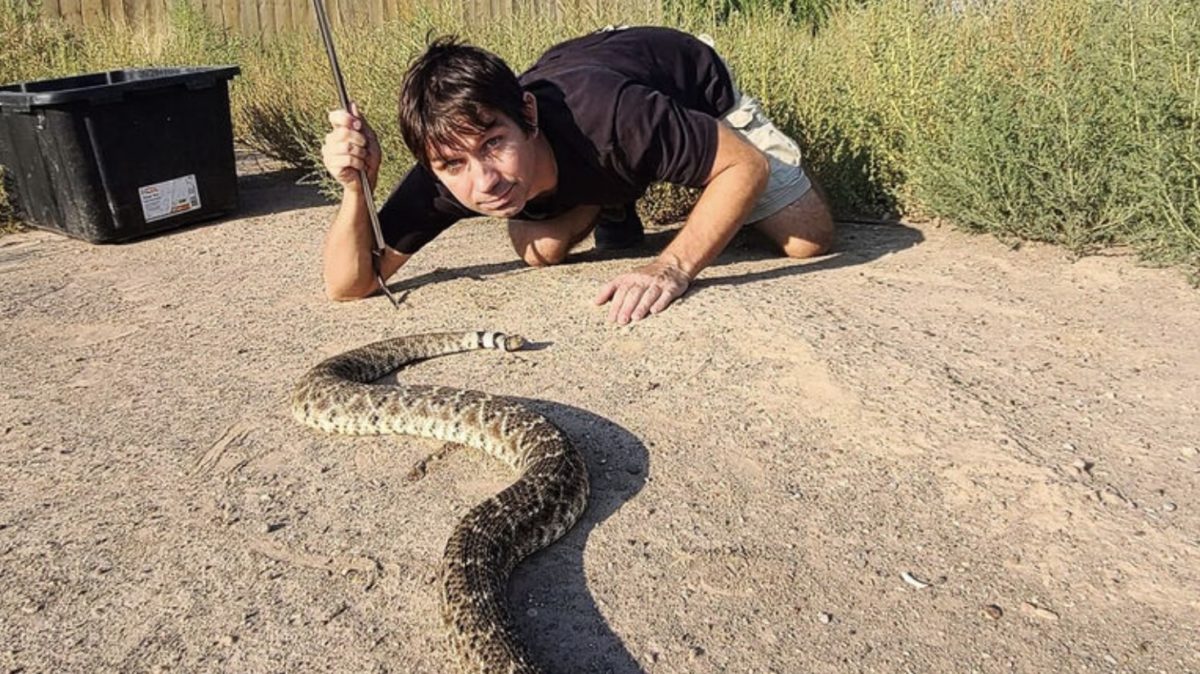
Like a cat’s eyes
Rattlesnakes have other sensory quirks that make up for their lack of ears. Their eyes, for instance, are very perceptive – even when it’s dark out. Their pupils are vertical, you see, just as they are in cats. Looks like rattlesnakes and cats have a surprising amount in common!
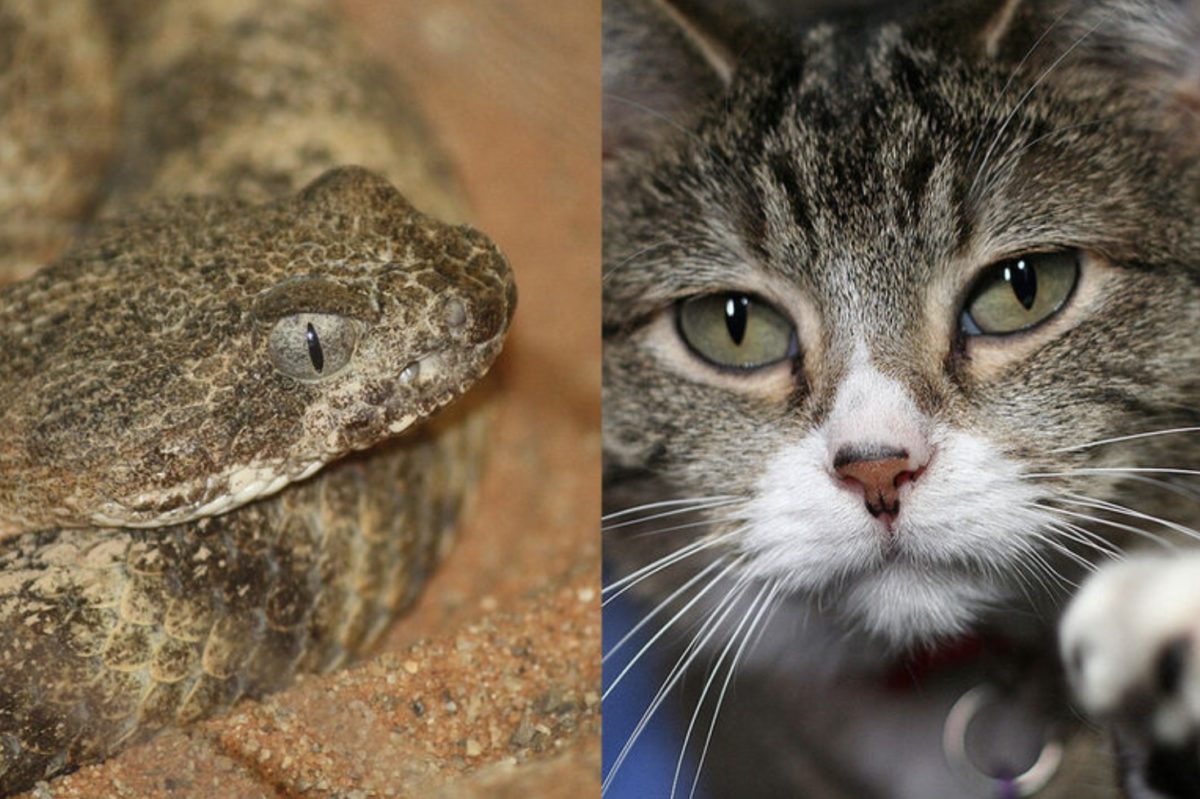
Distinctive features
Viernum elaborated on a few more of the rattlesnake’s most notable features to Live Science. She explained, “Other distinctive physical characteristics include producing venom, heat-sensing facial pits, hinged fangs and live births. These characteristics are shared with other pit vipers such as the cottonmouth and copperhead.”

Feel the heat
This “heat-sensing facial pit” that Viernum brought up is a fascinating feature of rattlers. Basically, it’s a sort of depression in the animal’s head that functions as a special kind of sense organ. And, cleverly, it’s able to pick up on the heat emitted from other creatures’ bodies. That could be crucial when trying to trap prey.
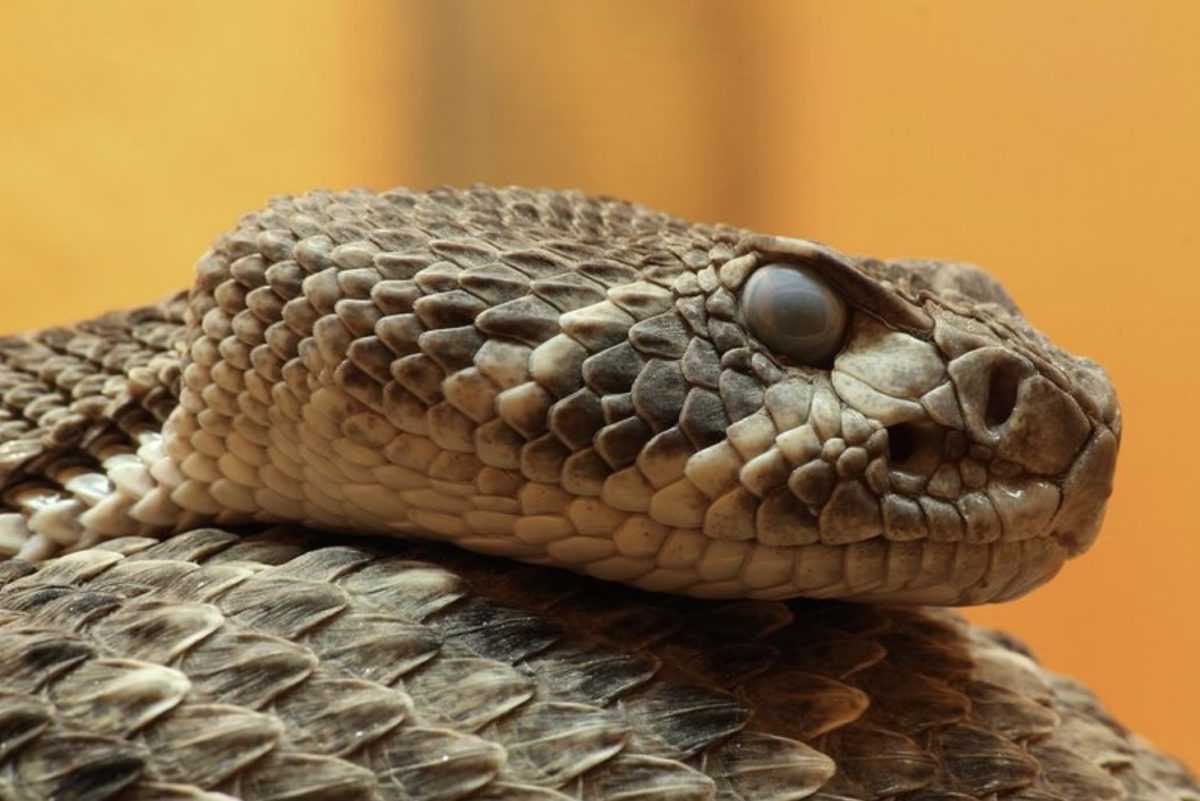
Independent children
And the way rattlesnakes raise their young doesn’t exactly do much to soften their associations with wickedness. That’s because they don’t raise them at all. When a female gives birth – normally to around ten babies – she immediately abandons them, and the young set off on their own. If they’re lucky, they’ll go on to survive for the next decade or two. Yes, longer than you think! But if you think they won’t live near you, you may be mistaken.
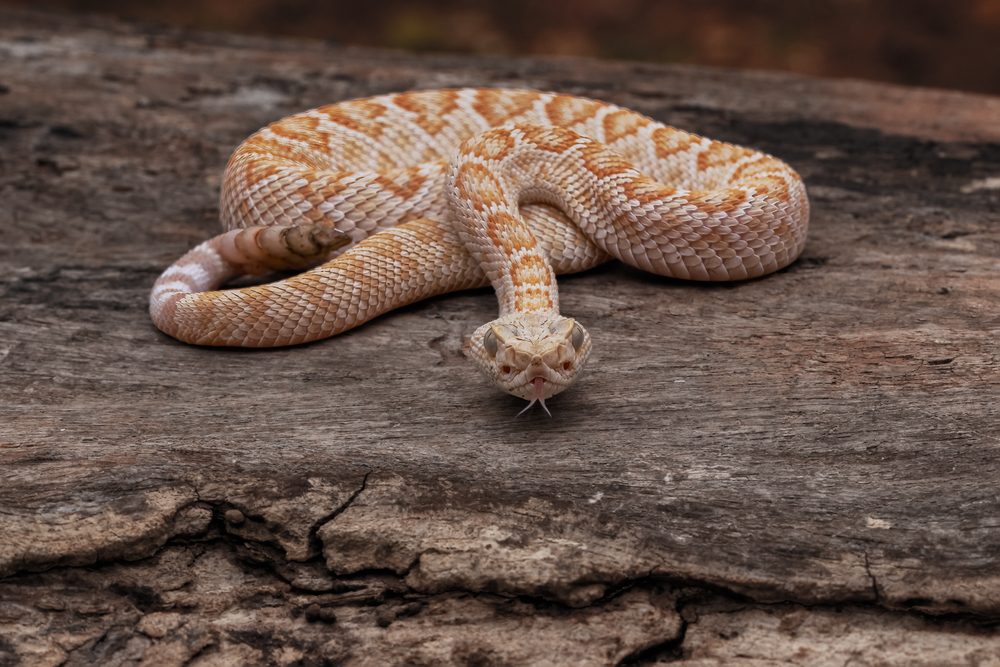
Found all over
You see, rattlesnakes can live in many different kinds of environment, including grasslands, rocky terrains, swamps and shrublands. They thrive in high places, too – anywhere from sea level all the way up to a height of around 11,000 feet. No, they’re not just desert dwellers.
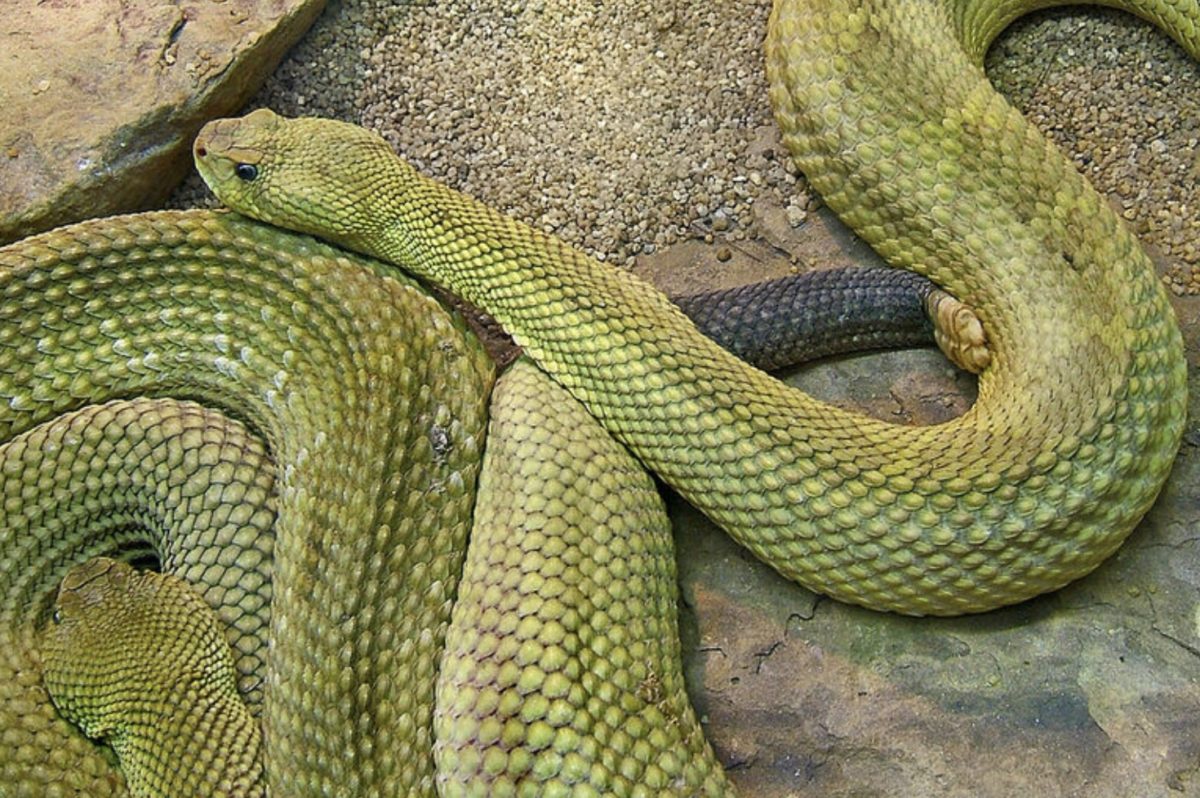
No place like home
Mind you, rattlesnakes in cold environments may need to hibernate during the winter months. They’ll do this in dens, which are usually found in gaps between rocks. It’s quite common for different generations to stay in the same den. A site observed by the San Diego Zoo has apparently remained in use for over a century!
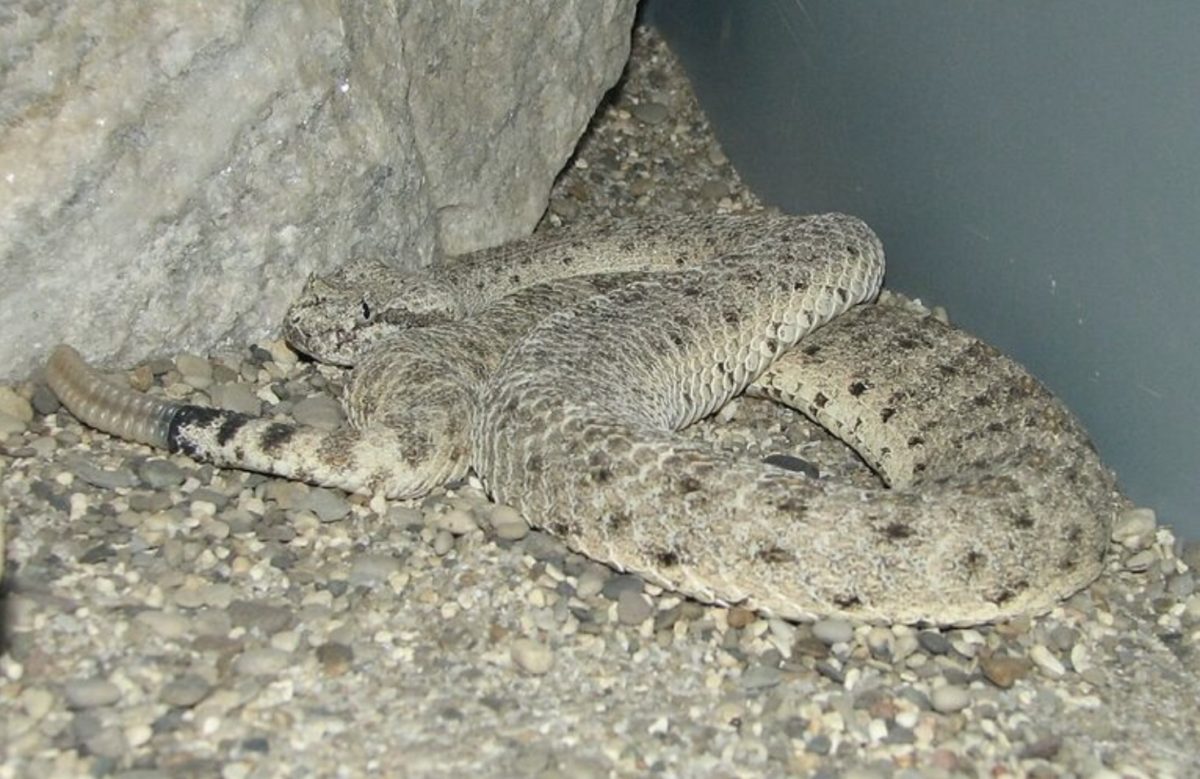
Sunbathing
Then, when they’ve exited their rocky dens, rattlesnakes will soak up some sun out in the open. They’re usually seen during the daytime, though in the warmer months they’ll sometimes be out in the nighttime as well. And surprising as it may sound, they have to be careful of predators. Kingsnakes are actually quite fond of eating rattlers, for example.
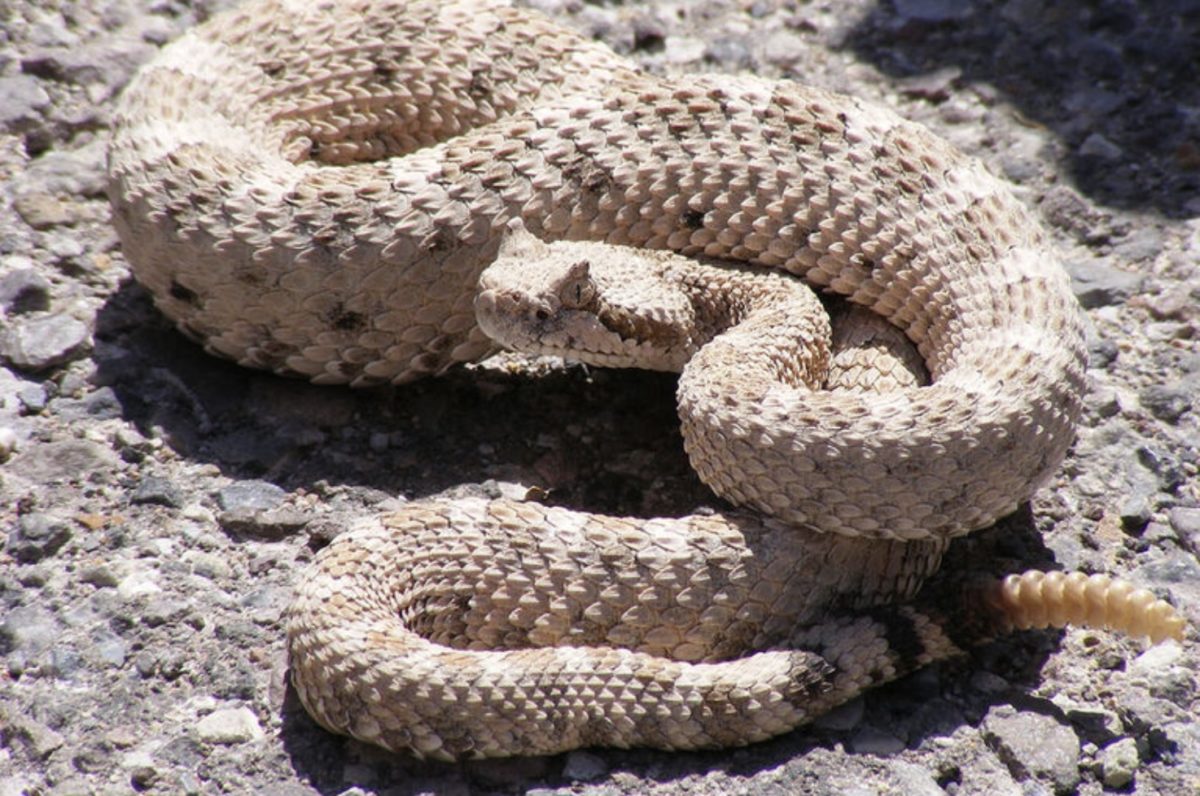
Patient hunters
As for the rattlesnakes’ own diet? They tend to enjoy eating lizards and smaller rodents. The snake stays very still, watching out for potential prey wandering past. Then it pounces with extreme speed, stunning its victim with a poisonous bite and eating it entirely. And while you may not get eaten by a snake, it can still use its crafty trick on you.
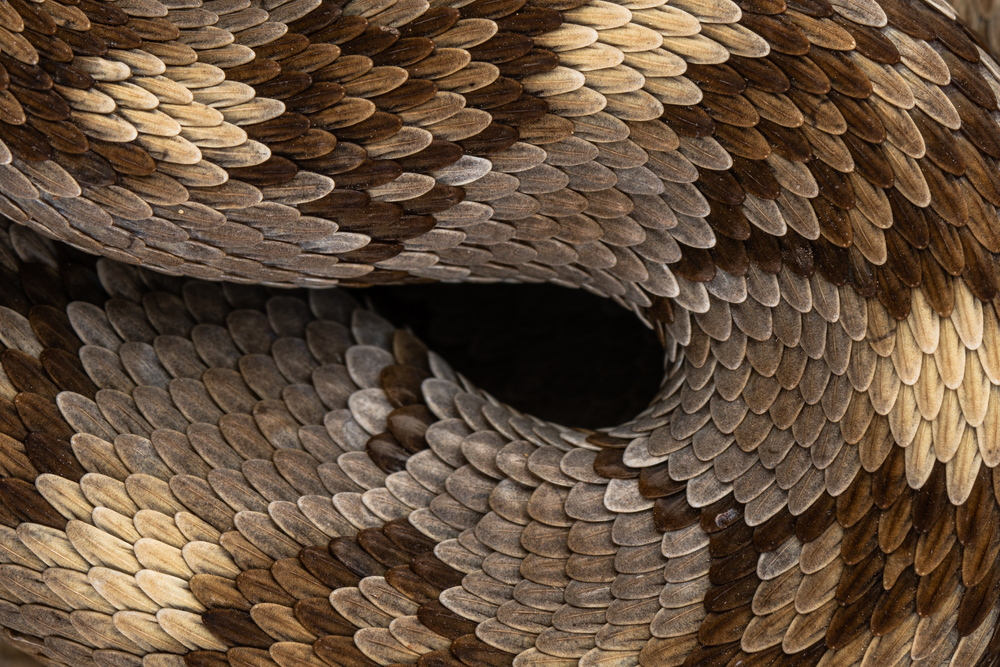
Making a meal out of it
Hunting’s one thing, but the act of digestion is a pretty arduous task for a rattlesnake. The whole procedure may last for days at a time, and the snake will be slow and lethargic during that period. Luckily, it only needs to feed about twice a month.

Watch your step
And while rattlesnakes clearly aren’t interested in eating people, they’re happy to bite humans. Usually, that’s when a person has trodden on the snake’s body. The venom of the bite can be quite dangerous, too. How dangerous? Well, you should probably be scared…
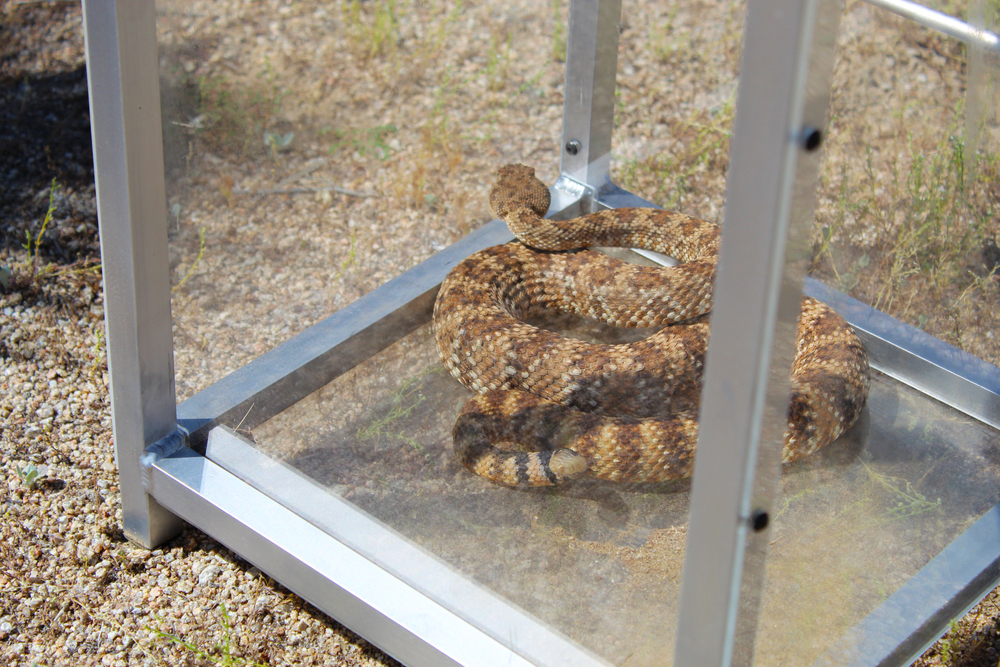
Nasty bites
Yup, rattlesnake venom can certainly do some damage. Viernum revealed all, saying, “The venom of most rattlesnake species is composed mainly of hemotoxins. Symptoms include temporary and/or permanent tissue and muscle damage, loss of an extremity depending on the location of the bite, internal bleeding, and extreme pain around the injection area.” Yeah, definitely not pleasant – and there could be even worse news to come.
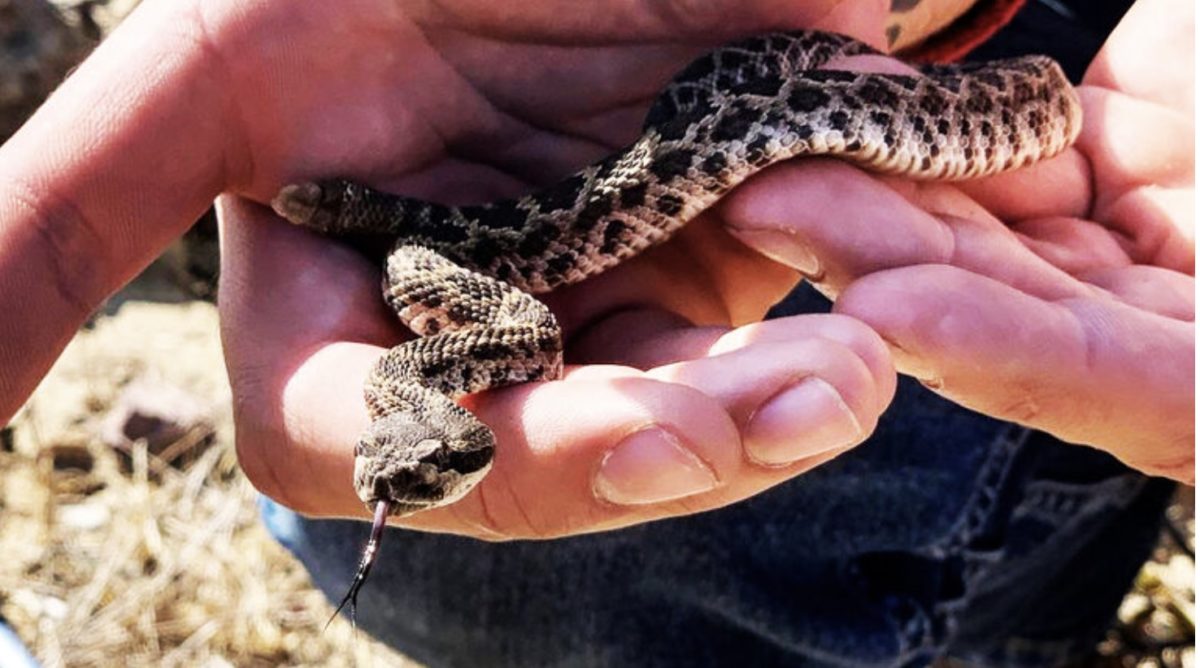
Evolutionary changes
That’s because scientists have a sinister theory. Apparently, rattlesnake venom is changing – and not for the better. It’s actually increasingly neurotoxic nowadays, it’s said, as rodents adapt to survive the bites.

Beware!
So, even though you’re unlikely to die from a rattlesnake bite, it’s definitely best to try to avoid one. Especially now that we have evidence suggesting their venom’s becoming more dangerous! If you ever hear an aggressive rattling in your vicinity, then, you’d better be careful, as the snake may be trying to trick you. But just how does it manage to do that?

Tricksy creatures
Well, a new study has shown just how sneaky these creatures really are. Basically, they’re able to dupe other animals – including humans – into believing that they’re nearer to you than really is the case.
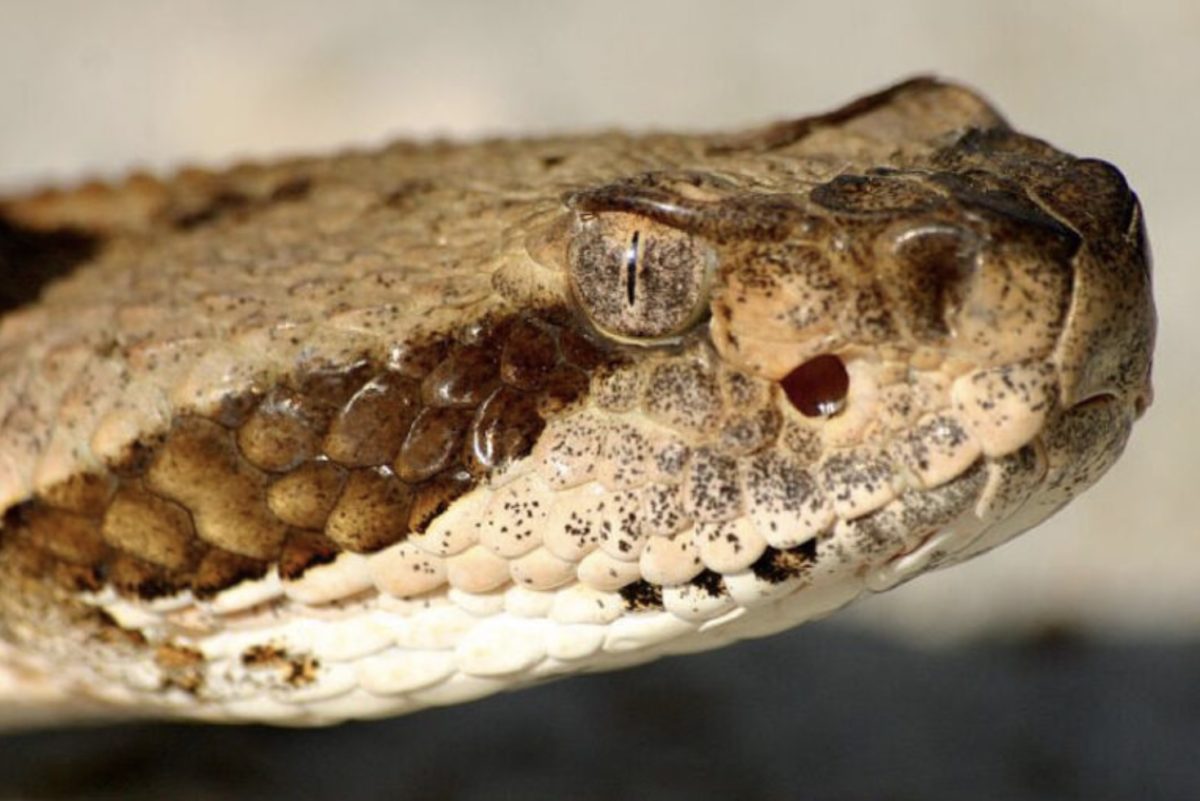
Increasing frequency
What happens is that the snakes turn up their rattles’ frequencies. Professor Boris Chagnaud, one of the researchers involved in the study, explained to Science Focus, “The sudden switch to the high-frequency mode acts as a smart signal, fooling the listener about its actual distance to the sound source. The misinterpretation of distance by the listener thereby creates a distance safety margin.”
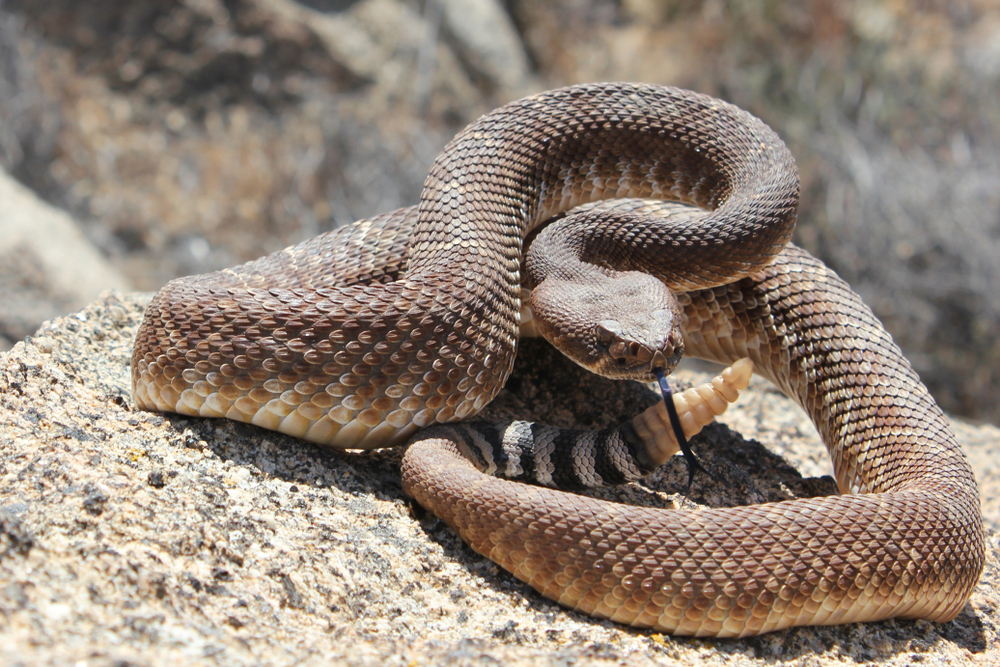
A huge effect
And this sudden change in frequency has a clever effect. It makes it sound like the snake is closer than it is, which serves as a message to any other animal that they should back off. As Professor Chagnaud phrased it, the sound acts as an “intricate interspecies communication signal.”
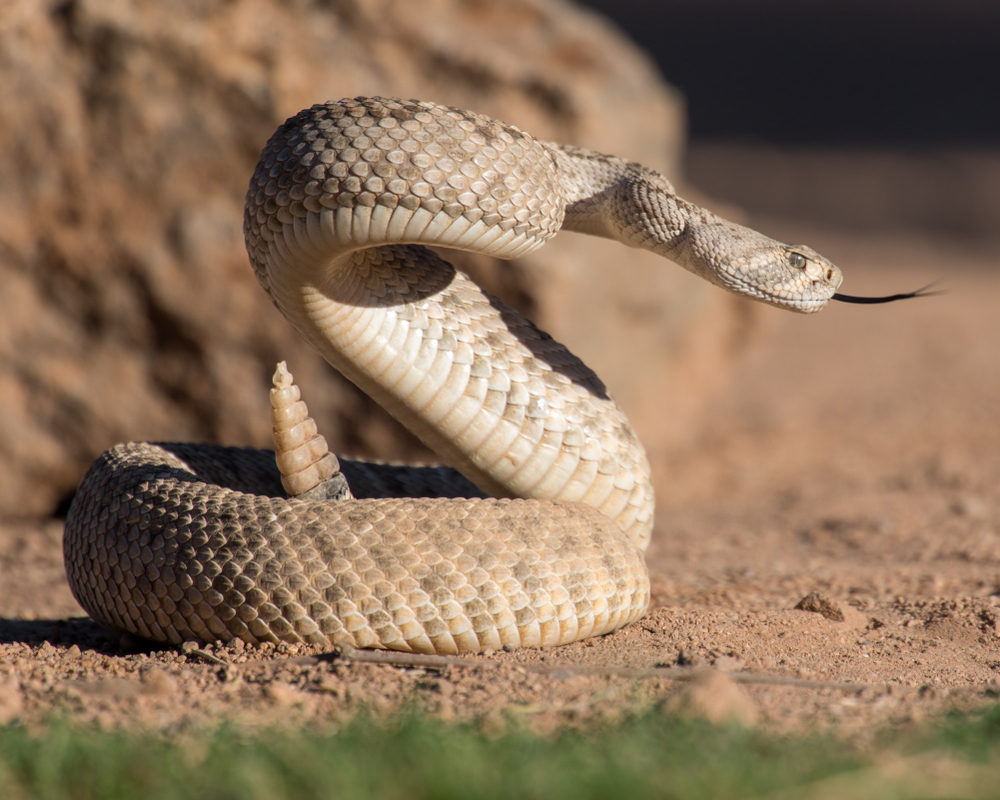
Interspecies communication signal
In their study, Chagnaud and his colleagues elaborate on what they mean by this term. They write, “Our ability to convey information to our personal and work environment enables us to interact in the society. Communication is taking place when a signaler affects the behavior of a listener and is thus not restricted to signaling within a species but also readily occurs across species. The acoustic display of rattlesnakes is one such striking example of interspecies communication.”
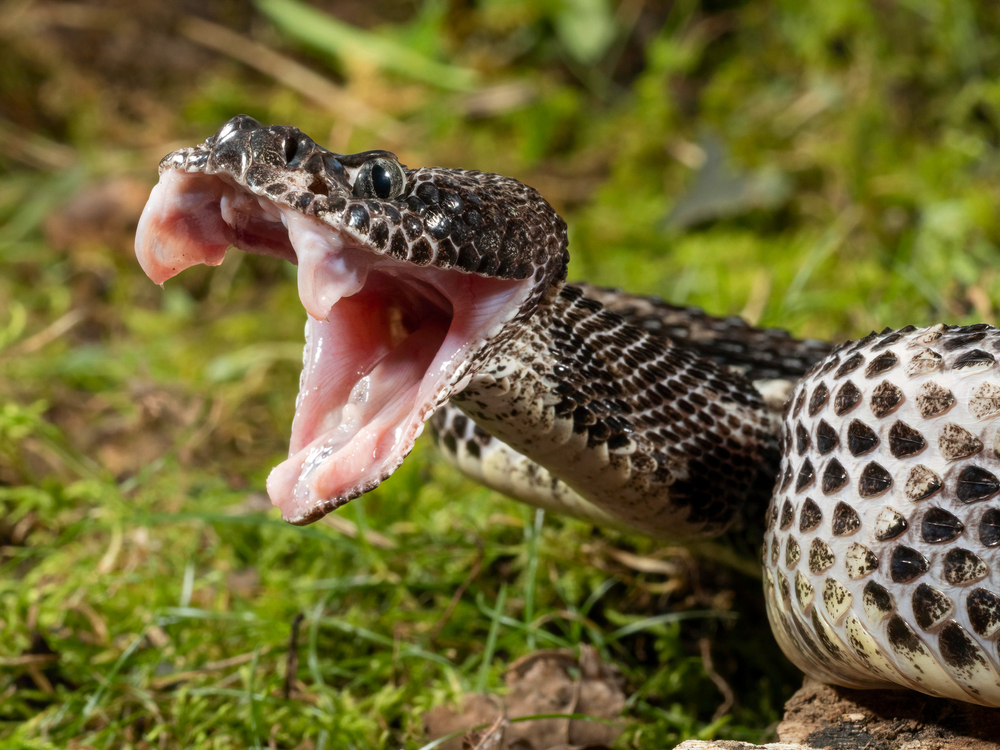
A lot to consider
The researchers go on to talk about all the variables at play when a snake is rattling. As they put it, “The probability of a snake to rattle and the acoustic properties of the rattling display depend on various factors, such as one’s distance to a snake, body temperature, pregnancy, size of the snake, and on the amount of rattle segments.” But how do they know all this for sure?
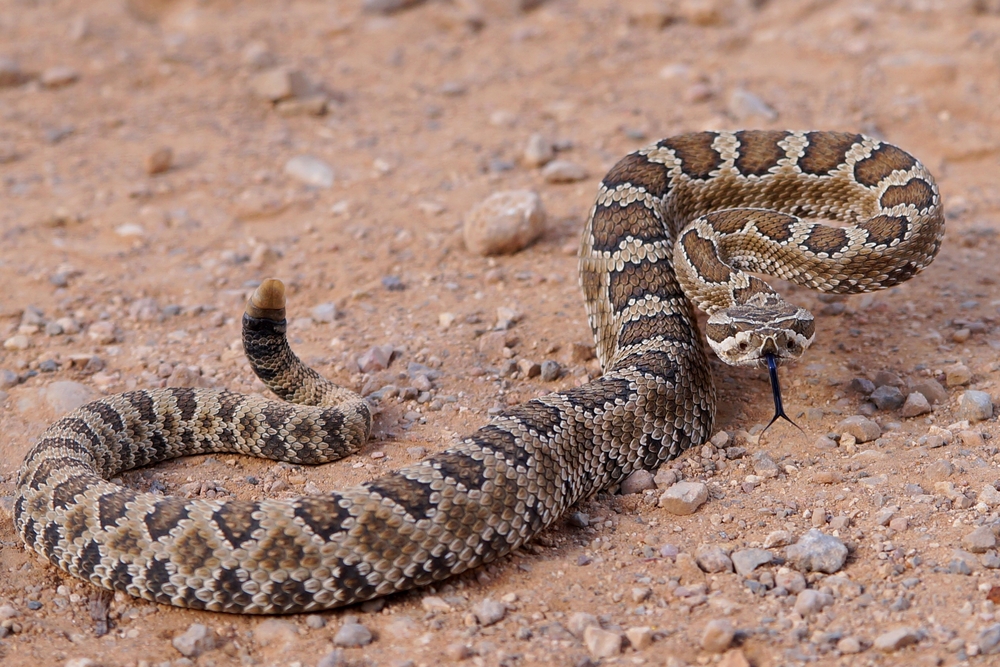
The experiment
By doing an experiment, of course! Basically, the experts got hold of a dummy that looks like a person, and then they moved it in the direction of a rattlesnake. And as the dummy came closer to the snake, the researchers noted that its rattles became far more frequent.
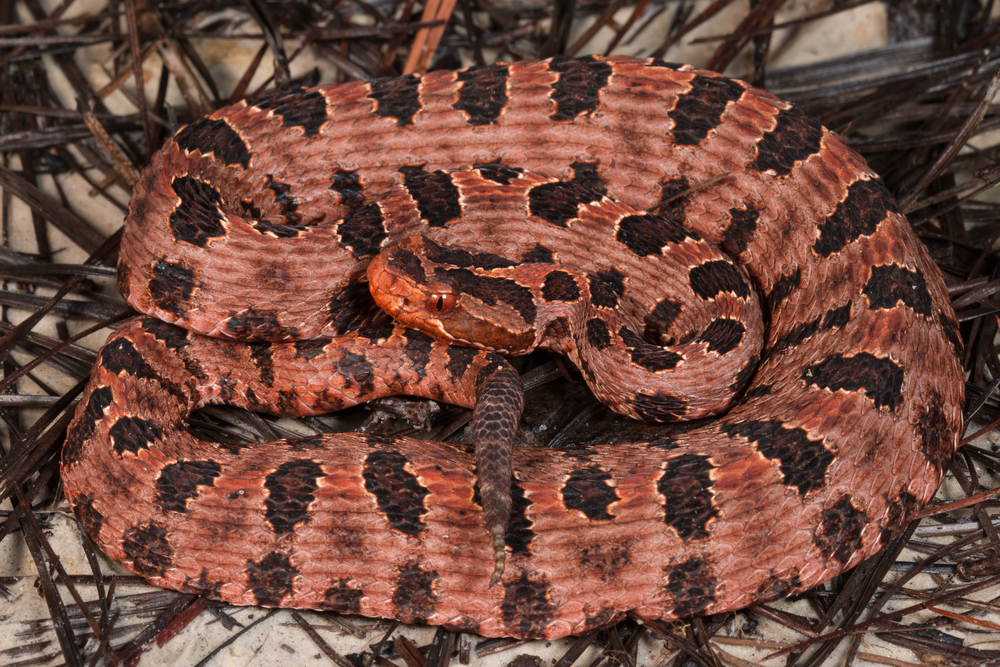
Responding to speed
While conducting their study, the experts realized that the snake’s rattling also responded to how quickly the dummy was moving. In other words, it wasn’t just the distance between the snake and the dummy that mattered. As Chagnaud explained to Science Focus, “In real life, rattlesnakes make use of additional vibrational and infrared signals to detect approaching mammals, so we would expect the rattling responses to be even more robust.”
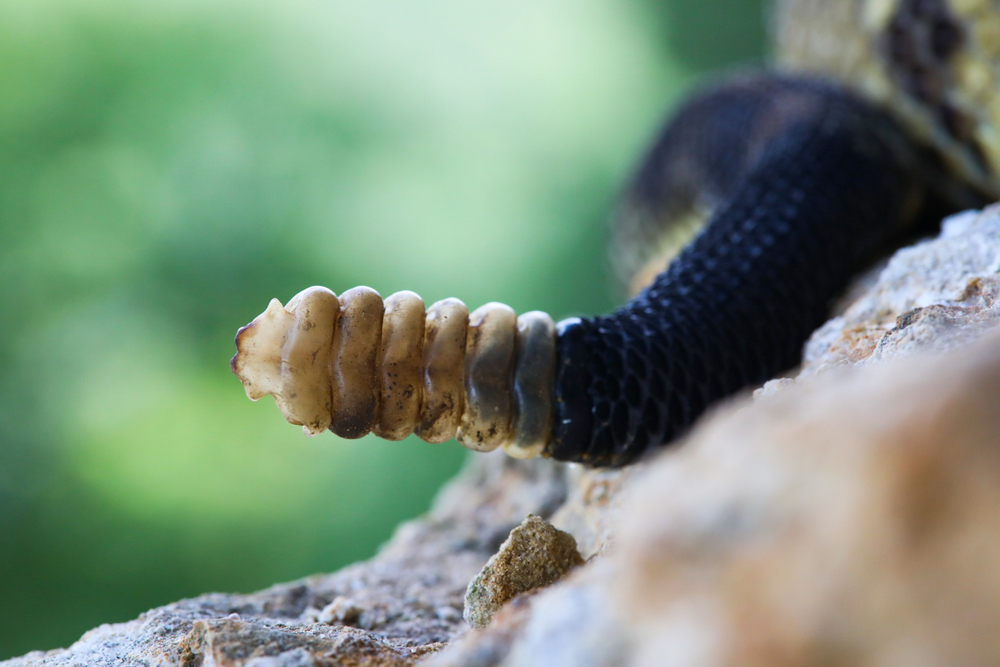
From the other perspective
And the researchers also looked at things from the perspective of humans. In this experiment, a sound device was hidden from view, and a person was asked to judge how far from them it was. The device replicated the frequencies of a rattlesnake’s rattling noise, and it ultimately showed that humans were tricked by the change in frequency seen in rattlesnakes.
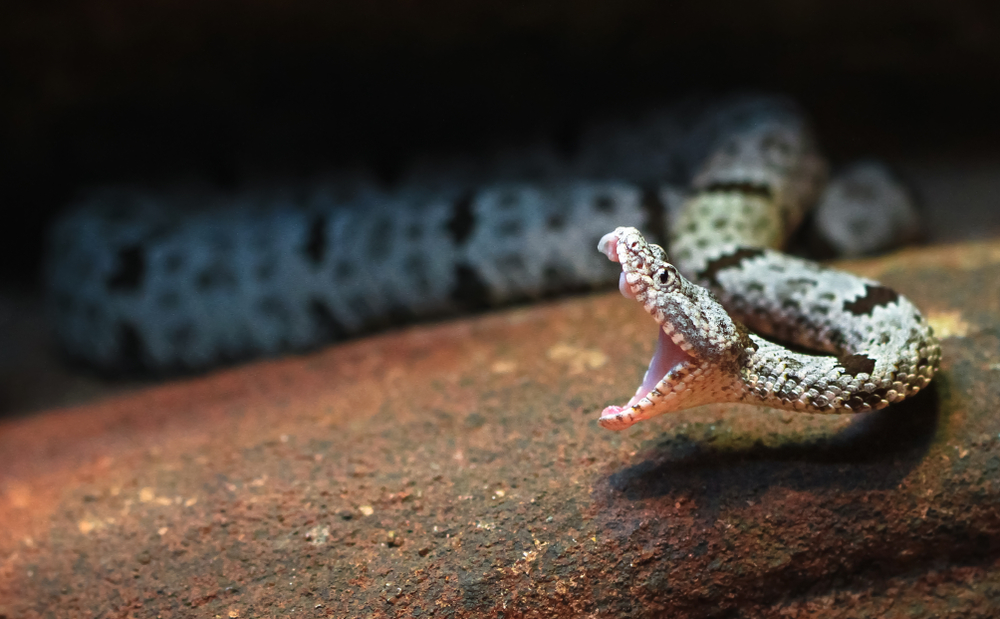
A surprising comparison
In his concluding thoughts about the research, Chagnaud made a surprising comparison about the rattlesnakes’ noisy protective system. He said, “Snakes do not just rattle to advertise their presence, but they evolved an innovative solution: a sonic distance warning device similar to the one included in cars while driving backwards.” Yes, really!

Impressive, but random
While evidently impressed by this behavior in rattlesnakes, Chagnaud’s under no illusions about how it came to be. He sees it purely in terms of evolution, which is by no means an easy or simple process. In essence, as he explained to Science Focus, it comes down to trial and error.
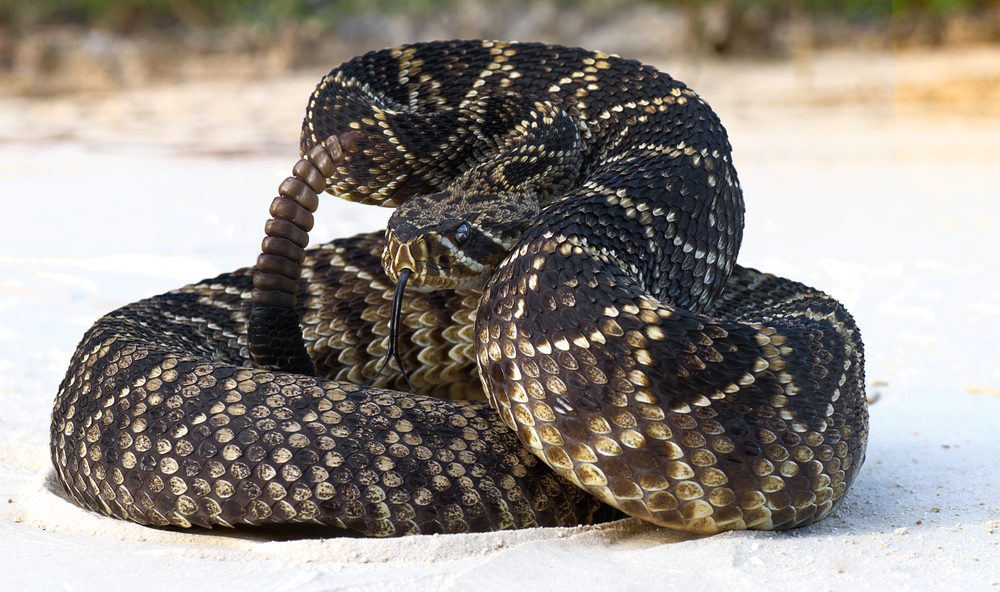
Trial and error
Chagnaud said, “Evolution is a random process, and what we might interpret from today’s perspective as elegant design is in fact the outcome of thousands of trials of snakes encountering large mammals. The snake rattling co-evolved with mammalian auditory perception by trial and error, leaving those snakes that were best able to avoid being stepped on.”

Mamas Uncut is THE online place for moms. We cover the latest about motherhood, parenting, and entertainment as well – all with a mom-focused twist. So if you're looking for parenting advice from real parents, we have plenty of it, all for moms from moms, and also experts. Because, at the end of the day, our mission is focused solely on empowering moms and moms-to-be with the knowledge and answers they’re looking for in one safe space.
